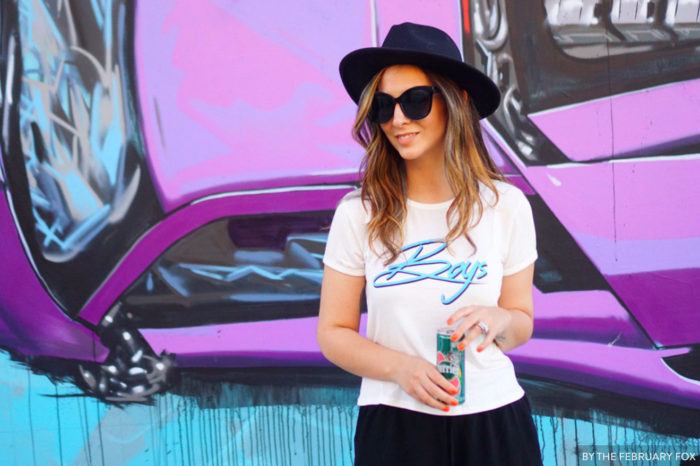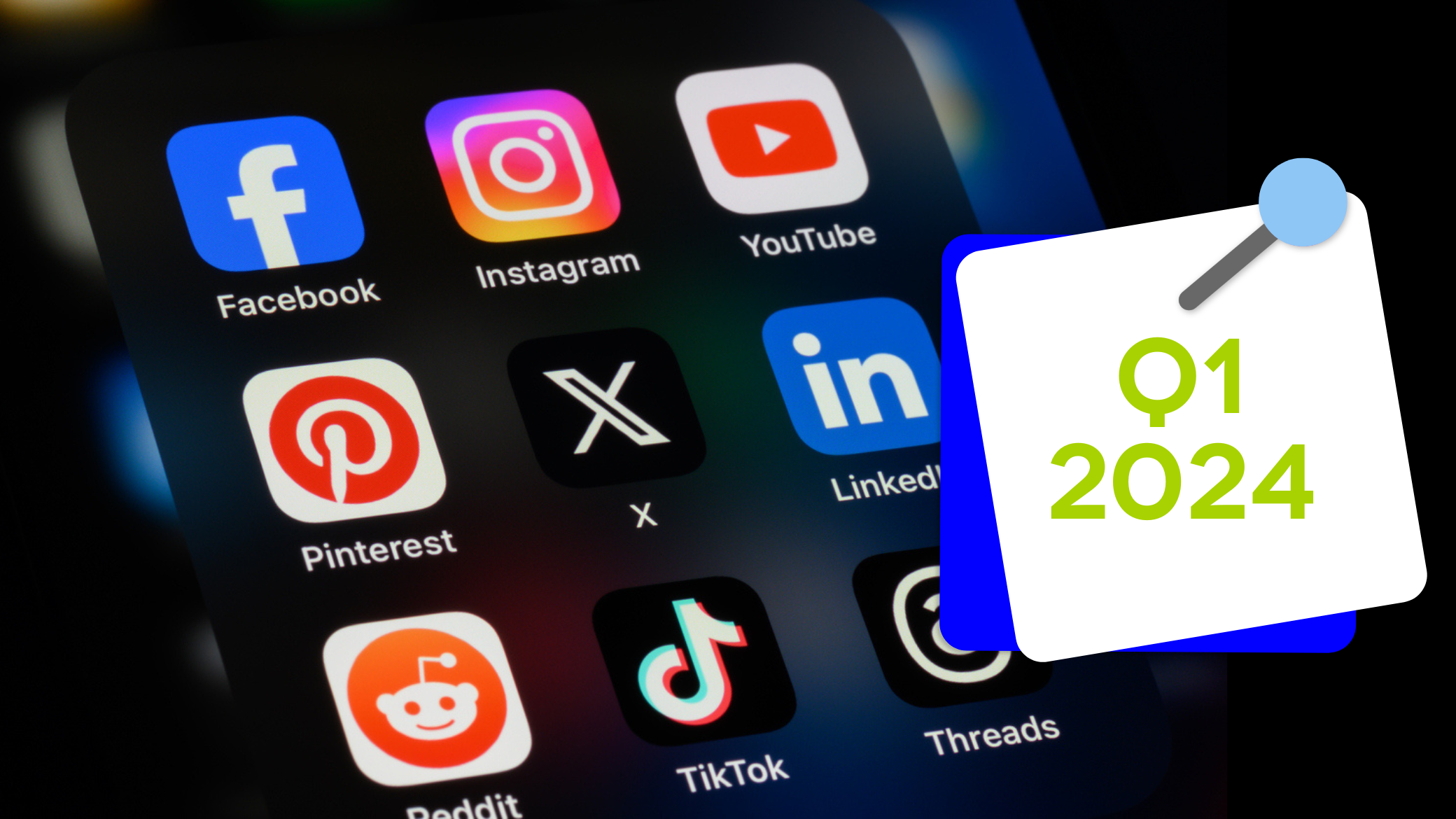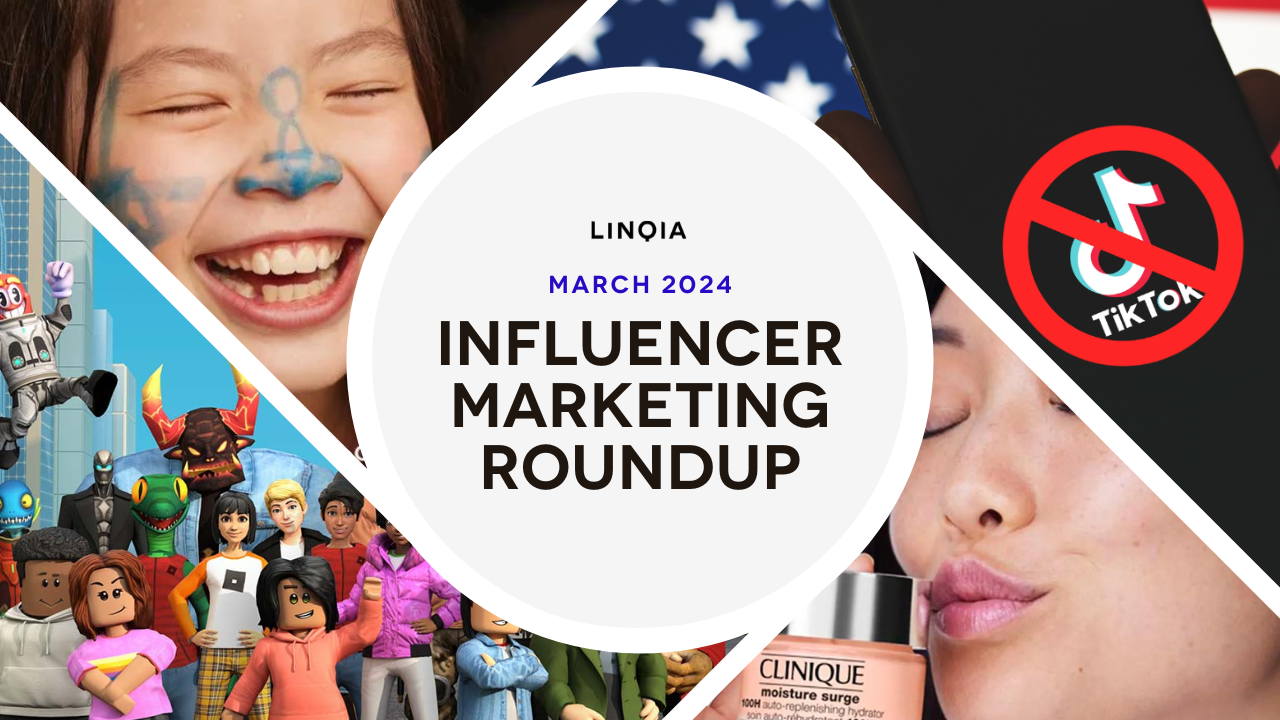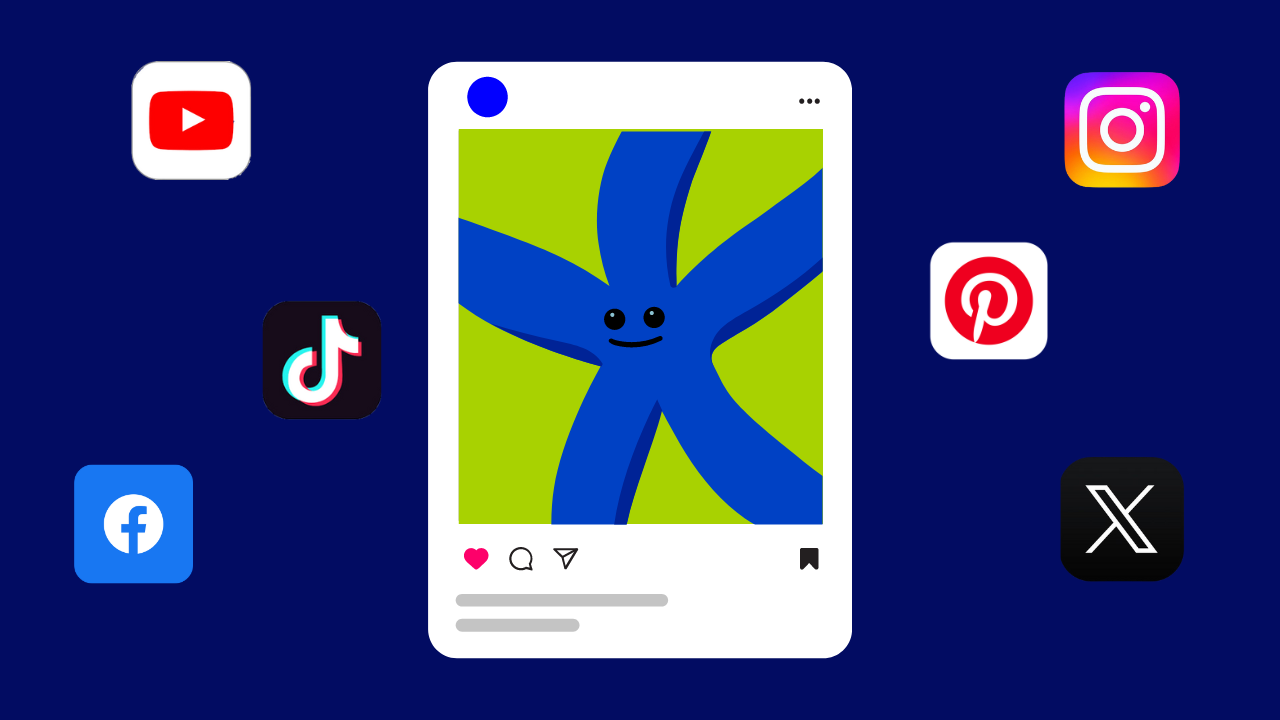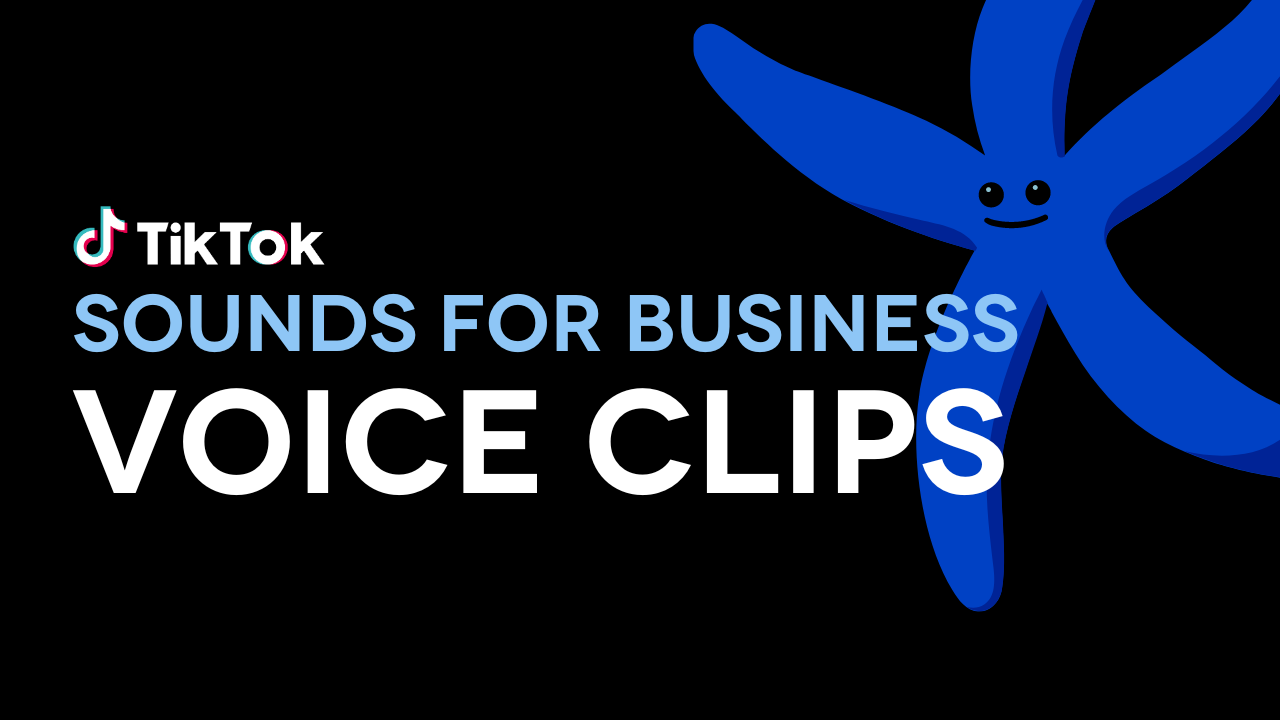This article was originally published in Forbes.
With nearly 50% of marketers upping their influencer marketing budgets in 2017, it’s clear that influencer marketing is an effective tactic. Influencer marketing programs, however, are only as good as the influencers chosen to participate. If your influencers don’t believe in the product, it will be obvious that the post is a paid endorsement rather than an honest recommendation. Does Scott Disick’s Bootea fiasco ring a bell?
If your influencers’ audiences don’t relate to or find use in the product, the message will fall on deaf ears and your investment will be wasted. Successful, scalable and repeatable influencer marketing programs factor in more than just the influencer’s reach when determining what mix will drive the best results.
Smart marketers know that influencer marketing programs are most effective when two things happen: the brand’s offering delivers true value and the messaging is relatable, and the influencers are capable of delivering against the brand’s goals for a given program. Choosing the right influencers is critical to the program’s success if you want authentic content that inspires action.
Influencers range from fans and advocates (under 2,500 friends and followers) to micro-influencers (2,500 – 250,000 followers) to top-tier and celebrity (over 250,000 followers). With millions of influencers to choose from, how do you know which combination is best for your program? When vetting influencers, keep these three tactics in mind to drive the best results:
1. Use predictive analysis.
A handful of influencer marketing platforms today use artificial intelligence (AI) for influencer discovery and matching, with the most advanced ones using technology to identify patterns that can predict an influencer’s success and brand affinity. They can then match brands and influencers based on predictive analytics that factors in past performance, content and style. By analyzing billions of data points across the influencers’ social networks and content, AI-driven analysis helps determine which influencers will deliver the most meaningful results based on the brand’s goals.
2. Understand the influencer’s audience.
While it’s important to select influencers whose interests and demographics mirror your target audience, it’s equally as important to work with influencers whose audiences also align with your ideal customer profile. But remember, not every influencer is representative of their audience. While new moms tend to follow other mothers, the audience of a beautiful lifestyle influencer could be mostly male. Look for influencers whose audiences reflect the demographic and geographic segments you are trying to reach, factoring in age, ethnicity, location, education level and annual income. Knowing exactly where the influencers’ followers are based is also particularly effective for brands running localized programs.
3. Structure programs based on your goals.
Many marketers are turning to influencer marketing because the ability to Whether your objective is reach, engagement, traffic or conversions, make sure that the influencers you partner with are held accountable for delivering against those goals. Rather than offering flat-rate or pay-per-post pricing for content creation (where you can’t guarantee quality or if the content is even seen), consider goal-based pricing models like cost-per-impression (CPM), cost-per-engagement (CPE), cost-per-click (CPC) or cost-per-acquisition (CPA). When influencers are compensated on their performance, not only do they return higher-quality content that is proven to perform, but they also deliver an engaged audience that is inspired to take action.
If brands truly want to connect with consumers, they must win the hearts and minds of micro-segments of the population with original, tailored messages when they are most likely to be receptive. This can only be accomplished through an influencer strategy that applies the rigor of media buys to every program. In fact, the industry is already seeing a shift in ownership for influencer marketing, moving from PR to advertising and media.
According to a recent survey by Linqia, nearly half of marketers (42%) report that influencer marketing is now owned by Advertising/Media, followed by almost a third (31%) who still allocate for influencer marketing in their PR budgets. But wherever the budget sits, it’s time for marketers to evolve their influencer selection and management strategies in order for the programs to deliver true business value.
